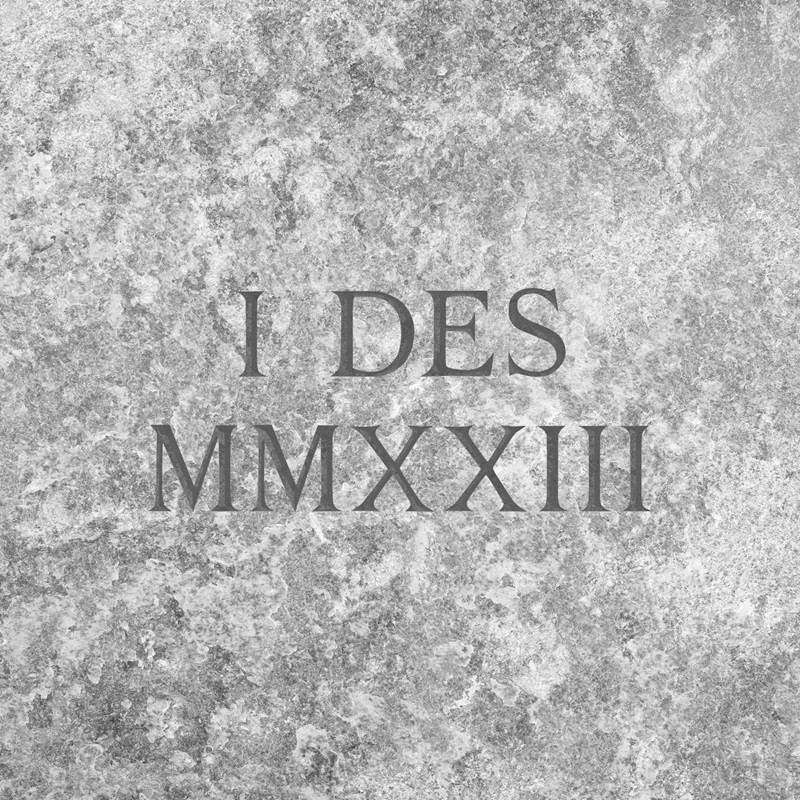
King Creosote transforms in familiar surroundings.
Up there on Dove Street, nothing much changes.
In a corner of rural, seaside Fife the locals call the East Neuk, although you can’t reach out and touch the reasons why, life is slower.
The cobbles still receive the downpours stoutly whilst the gulls still caw at the big cruise ships gliding silently along the river. After talk of that new phone mast locals in the Haven will pass their opinions on why they have the best chippy in Britain, how the summer folk from Glasgow and Edinburgh change things and then in the winter, when they leave, how those things become the same again.
Kenny Anderson – AKA King Creosote – is a native of these parts, a lifelong Fifer who makes the East Neuk his home. In a career spanning twenty-five years he’s reckoned to have put out more than a hundred records, run a cult record label with former and now estranged musical partner Johnny Lynch from it, and spent time restoring an ancestral seaside home there amongst other things. You could say he’s attached to the place.
But maybe not so much the past. I DES is a very different record to its predecessor, 2016’s largely acoustic Astronaut Meets Appleman, and to shift direction radically was a very conscious decision. Its roots lie in conversations as far back as 2018, when it was suggested that there might be an opportunity to, in his own words, ‘kill off King Creosote altogether and start afresh on the other side’.
Character euthanasia aside, unlikely inspiration also stemmed from krautrock outfits like Can and Neu!, and also in particular the archaic tone of modular synths; leaving behind his old means of writing, Anderson eventually amassed hundreds of hours of tapes consisting of nothing more.
Whilst there was no concerted effort to recapture the spirit of his 2011 Mercury nominated collaboration with Jon Hopkins, Diamond Mine, there are obvious similarities in the way an atmospheric charge is laid; the thirty-five-minute closer Drone In B# is an ambitious right turn, but not entirely without precedent.
That said, there was always a certain arty pretentiousness to pioneers of the one finger keyboard riff, but the grain of opener It’s Sin That’s Got Its Hold On Us is scuffed and vulnerable, the opening words, ‘The drugs only made me cry/When I was having such a good time’, reading like neither a condemnation or penance.
Anyone calling their album I DES equally must be tagged by portent, but the moods invoked are almost bipolar, from Susie Mullen’s frantic, chattering playground psychedelia to the title-track’s mournful, moving falsetto and Please Come Back I Will Listen, I Will Behave, I Will Toe The Line’s epic, seemingly never-ending pulse.
Maybe the oddest thing though is that despite an effort to achieve distance and space, the album’s best moments are ones that have discernible connective tissue with what went before. Here the accordion and strings lustre of Burial Bleak is the shell of a track first imagined when fates were in the balance, whilst Blue Marbled Elm Trees is a mock requiem for the funeral the singer once planned to give an identity – and himself – that channels the purest pop a freezing winter graveside day can conjure up.
Change comes in Dove Street in these beginnings and endings, memories that lap like waves in the harbour, growing and receding and eventually lost to time’s permanence. In places like this, where King Creosote is just Kenny, I DES is just another chapter, a stitch by which the binding is made tighter.
For the rest of us, this thrilling rebirth needs no map to enjoy.




